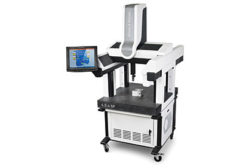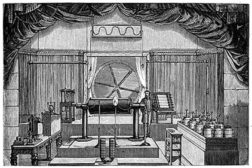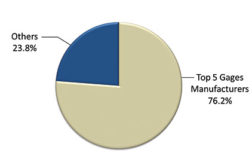Home » Frost & Sullivan
Articles Tagged with ''Frost & Sullivan''
Are CMM vendors ready for changing dynamics of end users?
Read More
INDUSTRY HEADLINE
2015 Manufacturing Leadership Awards Open for Nominations
August 22, 2014
INDUSTRY HEADLINE
Automation in Auto Industry Calls for Metrology Solutions
August 11, 2014
The Rebirth of Eddy Current Nondestructive Testing
Advanced techniques such as ACFM and Eddy Current Array are making rapid strides.
August 11, 2014
Market Analysis
Cost-Effective Gages: Continue to Woo End Users
Research indicates average growth for the global gages market.
July 8, 2013
Market Analysis
Hardness Testing: Market Analysis 2013
Market upbeat despite facing headwinds.
June 10, 2013
Analysis
Where is the Next Big Opportunity for CMMs?
The answer lies on the shop floor.
April 17, 2013
Get our new eMagazine delivered to your inbox every month.
Stay in the know with Quality’s comprehensive coverage of the manufacturing and metrology industries.
SIGN UP TODAY!Copyright ©2024. All Rights Reserved BNP Media.
Design, CMS, Hosting & Web Development :: ePublishing







